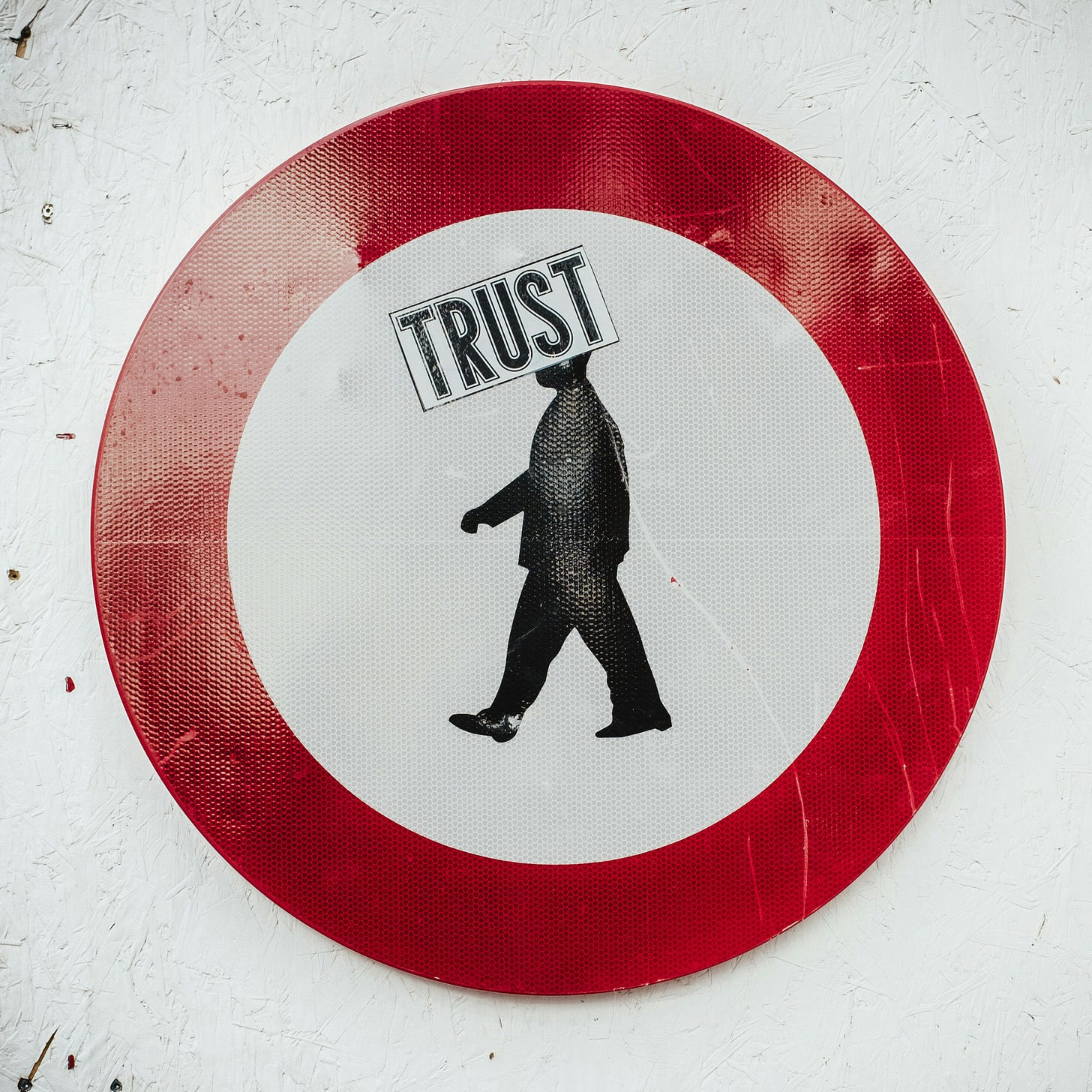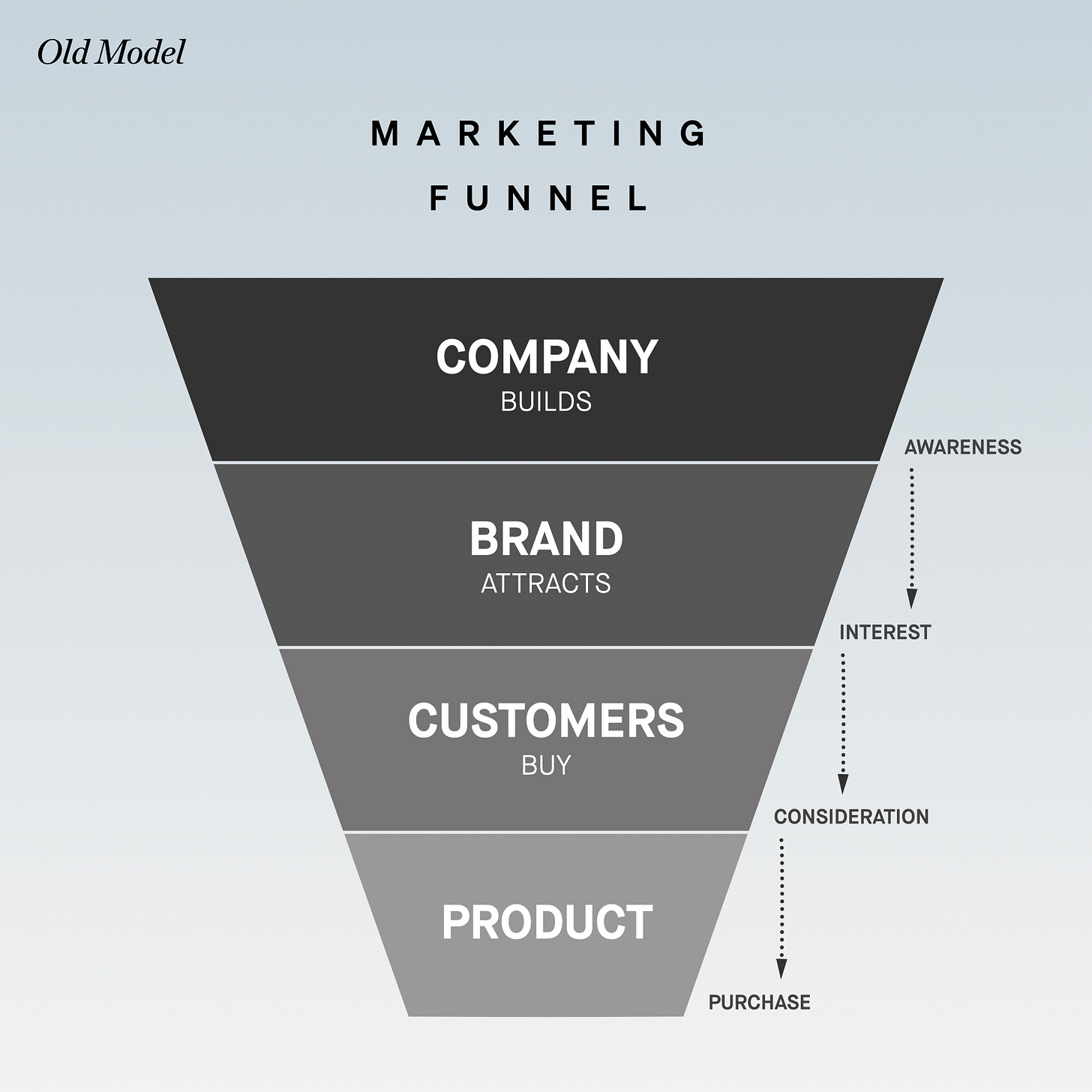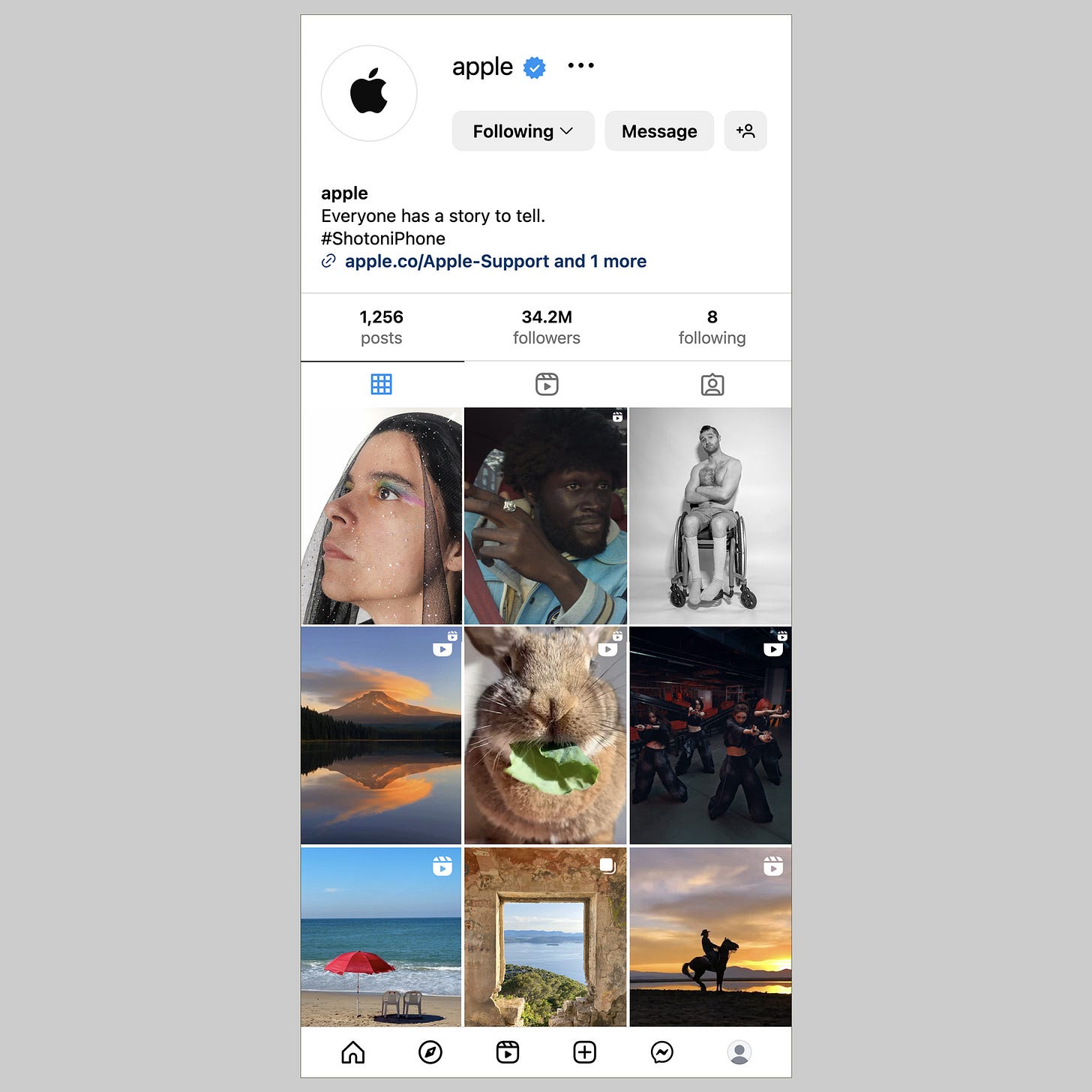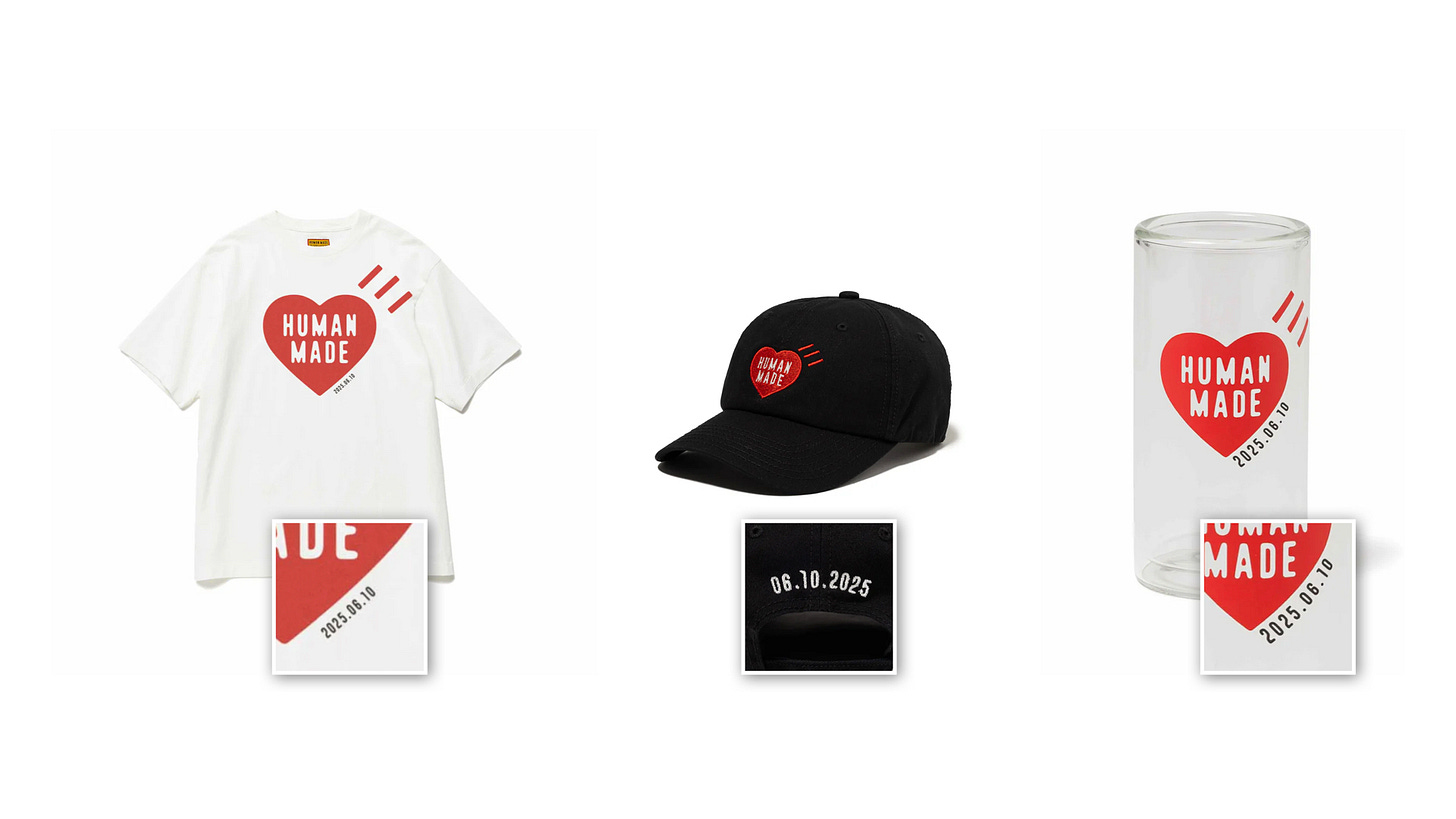Trustnomics
How trust became the new currency of brand growth

“How do we tell our story?”
That's a familiar phrase in brand marketing, but it’s time that we challenge this.
Here’s a provocation:
Storytelling and marketing are no longer reliable ways to build and grow a brand.
In this day and age, you can’t buy attention. The patterns around us indicate that marketing, storytelling, and the conventional marketing funnel have become less dependable.
The rise of short-form video, creator culture, and higher consumer expectations has shifted power from brands to consumers, making traditional marketing funnels less effective.
As marketers helping brands grow, we need to ask the urgent question:
“How do we build trust?”
Trust has always mattered, but now it’s the essential currency for brands. In an era where real and AI-generated content are indistinguishable, trust carries a premium.
Here are the four steps of Trustnomics, the new currency for brand growth, in an algorithmic and agentic world.
1. Identify your Key Product Moment
A Key Product Moment is a distinct feature that makes the product value visible and understandable. Most marketers have underestimated and overlooked this idea.
Recently, French insurance company AXA demonstrated this with a measurable impact.
Home insurance policies guarantee emergency relocation for fire and flood victims. AXA added “de violences conjugales” (“and domestic violence”) to contracts to help victims escape by providing emergency housing relocation.
“Three Words” is a profoundly simple Key Product Moment that makes AXA’s product value tangible and morally differentiated. In six months, over 500 families received emergency relocation assistance. Customer trust metrics increased by 27%, and brand consideration among women aged 25-45 rose by 34%.
The German discount supermarket Penny created another compelling Key Product Moment with their Price Packs initiative.
After redesigning packaging to display fixed prices in bright colors and big fonts and showing commitment to price stability, store traffic increased by 22% and market share grew by 3.2% in key regions. Surveys showed 78% of shoppers cited price transparency as a key factor in choosing Penny over competitors.
To earn trust, show why your brand’s product is different instead of telling why it’s better.
2. Treat Product as Content
OpenAI, a leading brand today, does minimal marketing. Instead, it grows its brand presence by treating Product as Content.
OpenAI publishes product-related press releases and articles several times a week. There’s little effort in creating an emotional connection with consumers through marketing or storytelling. Sam Altman understands that in the Information Era, the best way to earn attention and trust is through products.
Another brand that best understands Product as Content is Apple.
The brilliance of “Shot on iPhone” is its simplicity and Apple’s refusal to add complexity. Kudos to the Apple team for keeping their Instagram page disciplined and free of product ads.
A better way to earn trust, build a brand, and drive business now is by treating Product as Content, as appealing as brand marketing has been.
Don’t confuse Product as Content with product ads.
3. Repeatable System > Scalable Campaign
Using Apple as a guide is aspirational but unrealistic. 99.9% of marketers and brand builders don’t have $48.5 billion sitting in our bank accounts to spend on huge campaigns, media buys, or expensive productions.
The Japanese streetwear brand Human Made, founded by NIGO and supported by Pharrell Williams, was established in 2010. Despite its celebrity status, it had modest growth for over a decade, with revenue around 1.7 billion JPY(11.6 million USD).
When Rei Matsunuma, a long-time Uniqlo executive, joined in 2021 as Human Made’s COO, he created a 52-week product planning calendar and addressed supply chain issues. He then started Daily T’s, daily drops of date-stamped white T-shirts, making each day’s T-shirts unique and exclusive.
These aren’t shiny, scalable campaigns that would gain attention at marketing events like Cannes. Instead, they are repeatable systems that generate consistent demand among brand fans and prospective customers.
In under four years, Human Made’s revenue grew sixfold to 10 billion JPY (70 million USD). The company established a presence in over 80 countries with minimal investment in storytelling or marketing.
“We are what we repeatedly do. Excellence is not an act, but a habit,” wrote Will Durant in The Story of Philosophy (1926), paraphrasing Aristotle.
Repeatable Systems beat Scalable Campaigns.
4. Kick your Flywheel of Trust into motion
By the time a business problem reaches marketing, it’s too late. No marketing funnel can save a business when culture moves in real-time.
We need to shift our mindset from a funnel to a flywheel.
The Flywheel of Trust framework is based on the product, which attracts customers.
Company creates Product
Product attracts Customers
Customers trust Brand
Brand differentiates Company
In the last decade, this phenomenon has increased.
Besides the aforementioned examples, Stanley’s Quencher and Uniqlo’s Round Mini Shoulder Bag became hits without relying on emotional storytelling or brand marketing.
These brands gained traction not because they asked “How do we tell our story?”
They asked, “How do we build trust?”
In sum, if we translate this Flywheel into action, the four steps of Trustnomics are:
Identify your Key Product Moment
Treat Product as Content
Build a Repeatable System
Kick the Flywheel of Trust into motion
As the world shifts from the Information Era to the Agentic Era, the Marketing Funnel doctrine is giving way to a new Flywheel framework focused on earning and building trust.
Trustnomics isn’t just an ingredient of your brand. It’s the currency that powers brand growth.
This piece was originally published in Fast Company on June 26, 2025, as “How trust became the new currency of brand growth.”





